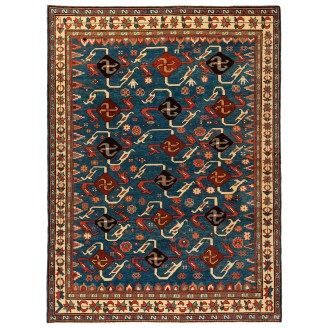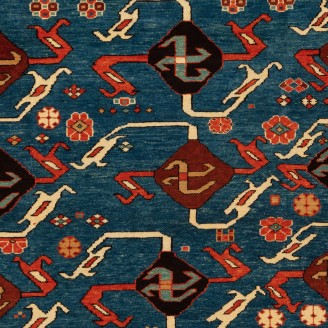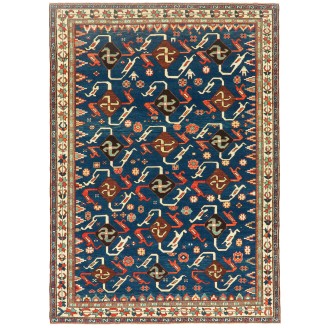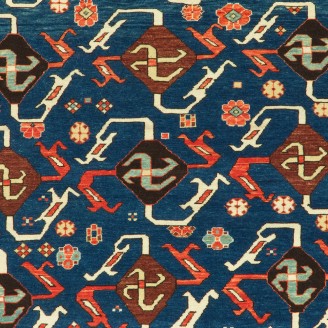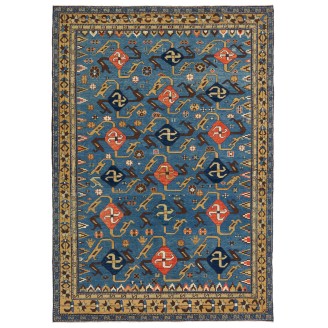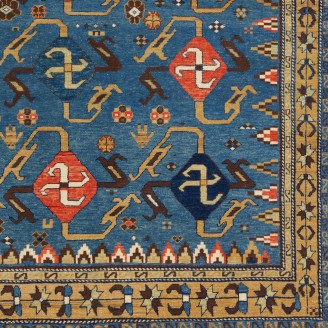Pinwheel Swastika Rug
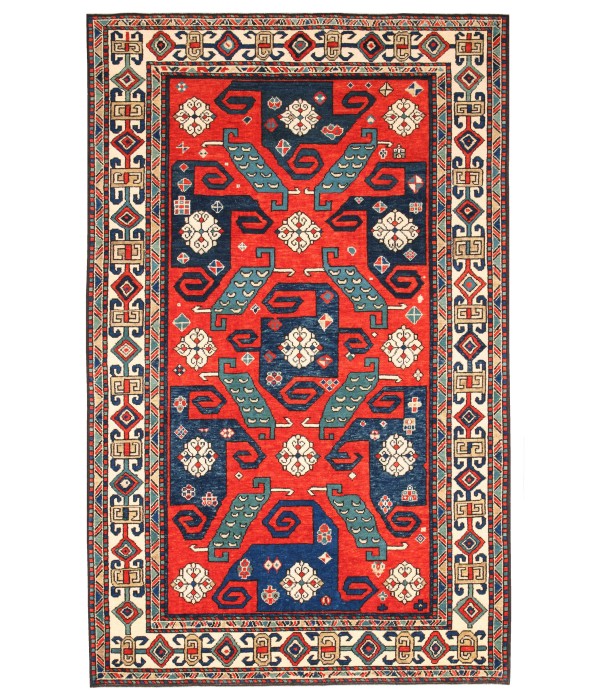
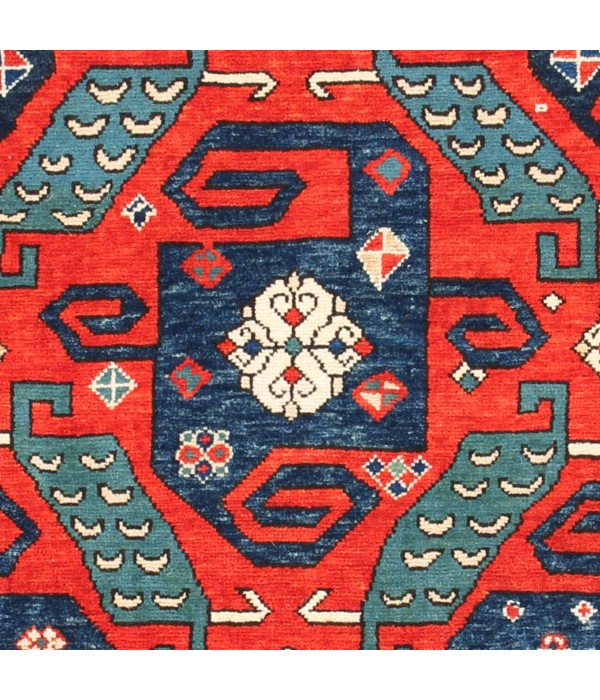
Out Of Stock
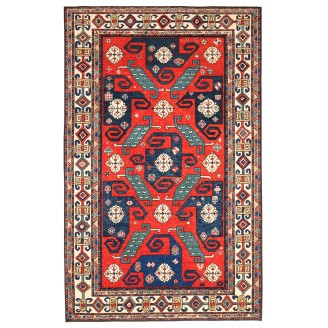
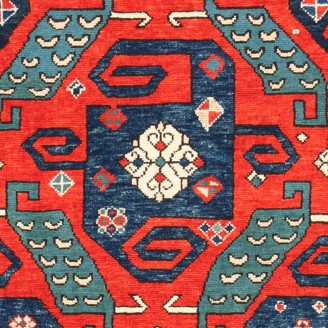
Model: ART00055Pinwheel Swastika Rug
Group: Caucasian Rugs Family
Area: Southwest Caucasus
Material of Pile: Natural Dyed Hand-spun Wool
Material Warp / Weft: Wool on Wool
Structure: Symmetrical knot
Knots Density: 29x36
Pile (mm): 0
Production Place: Southeastern Anatolia – Adiyaman Province -Gerger
Location: Tokyo
Stock: Out Of Stock
Dimensions:
The source of the rug comes from the book Islamic Carpets, Joseph V. McMullan, Near Eastern Art Research Center Inc., New York 1965 nr.53 and Tapis du Caucase - Rugs of the Caucasus, Ian Bennett & Aziz Bassoul, The Nicholas Sursock Museum, Beirut, Lebanon 2003, nr.3. This was a late example of one of the best-known designs associated with the Kazak area, an unusual village or nomadic rug in the 18th-century, Caucasus area. It is quite unusual to find a village or nomadic rug a field pattern worked out with such precision. The central figure, enclosing a rosette, resembles the swastika. The arrangement is attractive, powerful, and graceful, with strong color contrast. Interestingly, a lithograph of 1928 (cf. Wright & Wertime, Caucasian Carpets & Covers, p. 137, pl. 54) shows another rug with an identical field layout and border pattern. The original caption described it as having the tamgha (tribal emblem) pattern and attributed it to the village of Kuttar in the Borjalou district. The other exact example is exhibited at The Metropolitan Museum of Art (MET Museum). The design of the rug is interpreted by our designers, and the most appropriate colors to match the original is used for this rug.
Color summary: 9 colors in total, most used 4 colors are;
Color summary: 9 colors in total, most used 4 colors are;
- Imperial Red 426 (Madder Root)
- Black Chocolate 434 (Pomegranate - Spurge - Madder Root)
- Natural Wool Color 320 (Natural Sheep's Color)
- Navy Blue 432 (Indigo - Pomegranate)
Dimensions:
4 ft 9 in x 7 ft 6 in ( 147cm x 231cm )
Price:
$0
Ex Tax: $0

